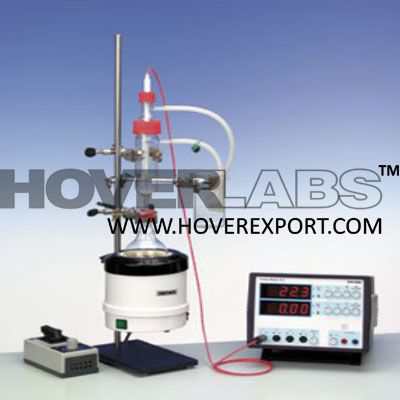FREEZING-POINT DEPRESSION OF A SOLUTION

Model HV-EXP2437
FREEZING-POINT DEPRESSION OF A SOLUTION The freezing point of a solution is always lower than that of pure solvent. A specifi c instrument (cryoscope) will determine freezing-point depression in experimental way. If cryoscopic constants of solvent are known, the molecular mass of dissolved substances can be determined. TRAINING PROGRAM • Raoult’s law • cryoscopic constants • chemical potential • Gibbs-Helmholtz equation • concentration ratio • degree of dissociation • Van’t Hoff factor • cryoscopy OBJECTIVES • determining the value of freezing-point depression of a solution after the dissolution of a strong electrolyte (NaCl) in water. Comparing experimental and theoretical values for this concentration will lead to determine the number of ions involved in electrolyte dissociation • determining the apparent molar mass of a non-electrolyte from the value of freezing-point depression COMPONENTS • apparatus for freezing-point depression • glassware • chronometer • 2 thermometers.





